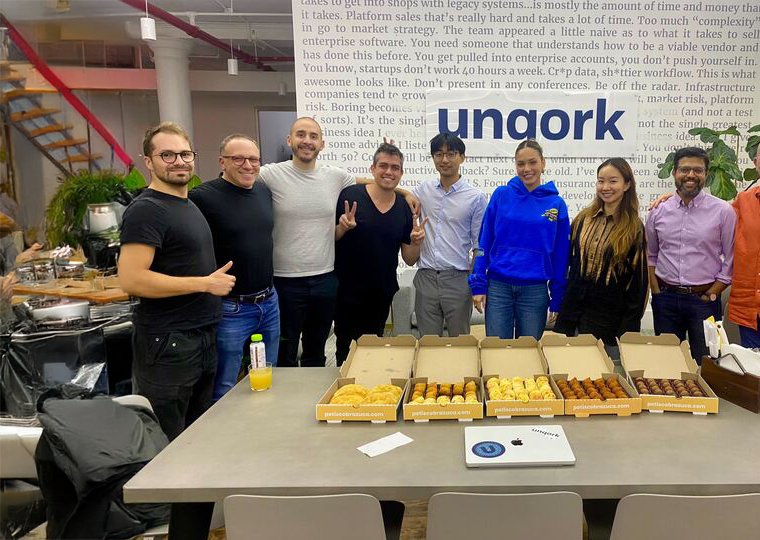As IoT devices continue to grow in popularity, businesses across industries are eager to take advantage. Building IoT-compatible software isn’t easy, but no-code platforms can help.
The Internet of Things (IoT) is one of the fastest-growing and most exciting developments in technology right now. IoT tech used to be a field reserved for pilot programs or large enterprises with big technology budgets, but the tide has turned. Today, an estimated 25% of all businesses are leveraging IoT technology. According to Gartner, the enterprise and automotive IoT market alone reached 4.8 billion endpoints by the end of 2019.
But to effectively keep up with the sheer volume of new demand for IoT-enabled devices, traditional application development simply won’t cut it. To properly take advantage of IoT technology and the insights it can provide, enterprises need better development solutions. No-code offers a way to stay ahead in this rapidly changing field.
What Is IoT?
IoT refers to any device that is connected to the Internet and can transmit data back and forth. Smart refrigerators, driverless cars, and even some children’s toys are all part of the IoT revolution. Smartphones and tablets also technically fall into this category, though some people exclude them from the general definition.
Connected devices constantly compile data to be used by consumers and businesses. For instance, many smart refrigerators can take stock of the items inside and keep track of usage and expiration dates. This information can then be used alongside other inputs to help provide user recommendations or take action. If the refrigerator is integrated with a calendar app and a web browser, it could remind the user to buy soda for an upcoming party, suggest relevant recipes based on stocked items, or even automatically place orders on Amazon.
IoT devices have the potential to transform the way people interact with products—which is why app developers should take notice. With McKinsey predicting the worldwide number of IoT-connected devices to reach 43 billion by 2023, one question remains: What are businesses going to do with all of this data? The answer is simple—build more software that puts this data to good use.
The Demand for Software (and the Challenge of IoT Applications)
The rise of IoT is a double-edged sword for many businesses. On one hand, recent advances have made it possible for companies with limited resources to jump into IoT development projects. Sensor technology has become cheaper and more widely available, 5G connections are getting stronger, and more real-time analytics functions are moving to the cloud.
On the other hand, IoT applications are inherently complicated to develop because of all of the (sometimes literal) moving parts involved. Traditional IoT application development requires the integration of many disparate technologies, from IoT endpoints and back-end legacy systems to various other platforms and data sources. To add to this, only highly specialized developers with certain levels of expertise will be able to properly configure and maintain these technologies. So even though many of the financial and technological barriers to IoT have recently come down, you’re still guaranteed a lengthy, expensive, and risky development project.
The No-Code Solution
Building software for IoT devices is new territory for a lot of companies, but many do not have the luxury of taking their time. For any company looking to capitalize on the IoT boom, utilizing a no-code platform can remove the most troublesome pain points in the development process while still producing sophisticated results. No-code is customizable, secure, and efficient, allowing businesses to build on top of connected devices to produce user-friendly experiences.
With a no-code platform, all of the technologies you need to build a successful app—from conception to deployment—are unified in one place. Expert and non-expert programmers alike can integrate back-end legacy code with new IoT technologies without writing a single line of code. And since no-code output can be used immediately, savvy businesses won’t have to wait to enter the world of IoT.
IoT devices represent an enormous opportunity for businesses, but only if companies are capable of building software and applications the right way. No-code offers a cost-effective, logical, and scalable method to keep up.





